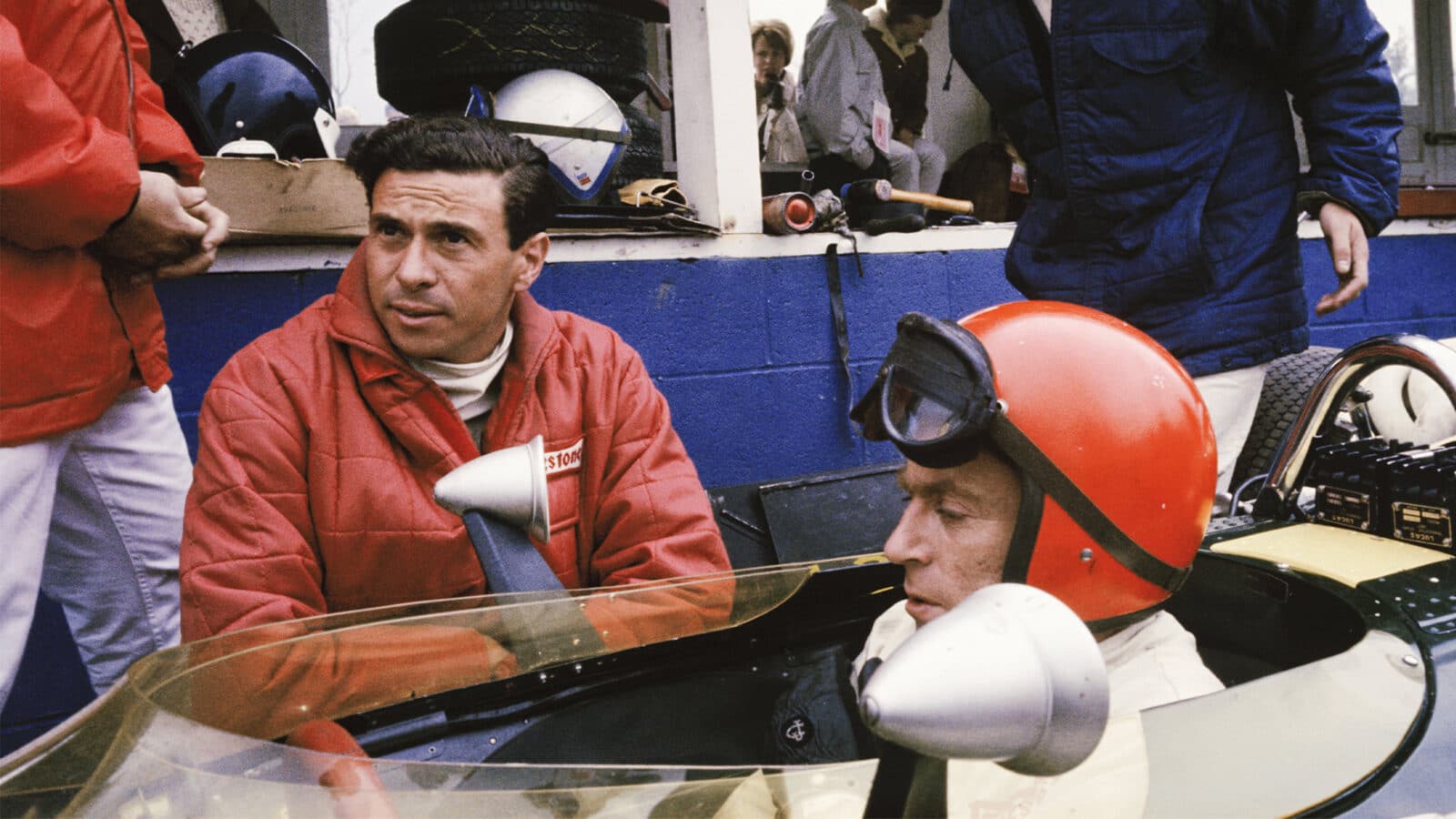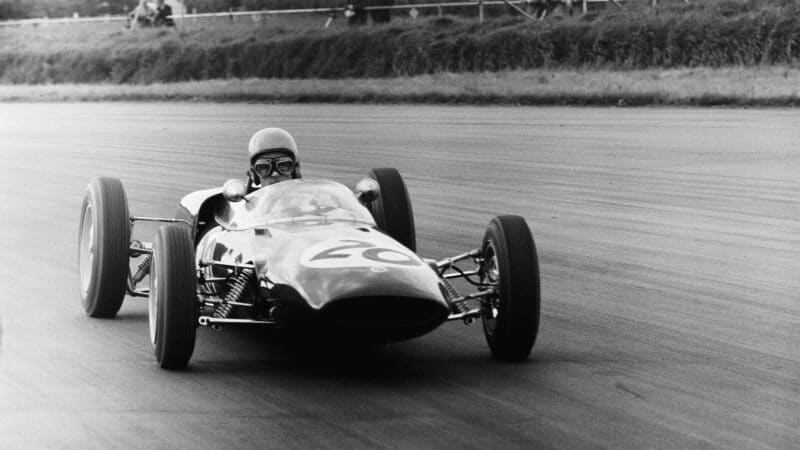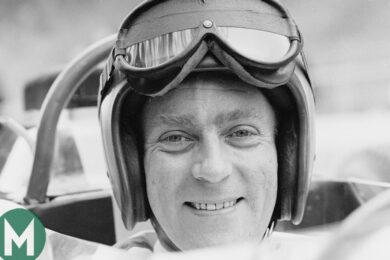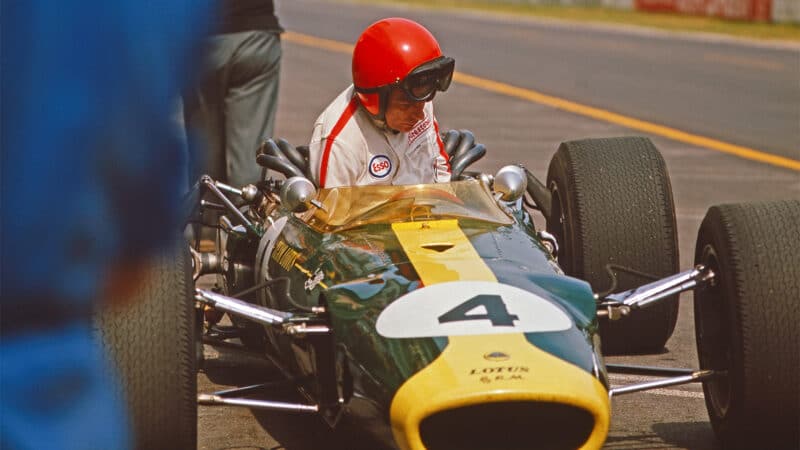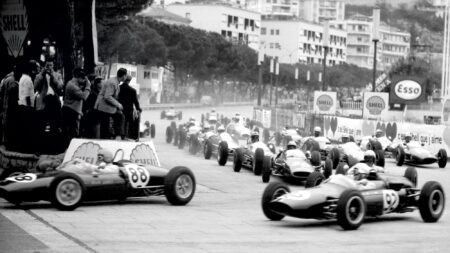He was adaptable, too. He drove the works Elite at Le Mans in 1962 to first in class, and later won races in the works Elans. He was also a famously heavy smoker. Alan McCall built some of his cars: “I’ll always remember him sitting in the car on the grid, fag in mouth, doing up his helmet. He reached over the side and put the fag out on the track at the one-minute board.” Mechanic Derek Wilde agrees: “Every time he got in an F1 car you had to search him for fags and lighters in case they got stuck under the brake.”
Arundell brought his own mechanic into the team, an Australian called Ray Parsons, later a works Cortina driver. Wilde again: “Peter was doing a race in Sweden and got held up coming from the airport. So Ray put on Pete’s red helmet and qualified on the second row. Nobody noticed.”
Perhaps this hints at a certain self-sufficiency about Arundell. Selzer again: “There were always pranks when Trevor was around, but that was not Peter’s way.” Jim Endruweit, mechanic and later team manager, felt the same: “Taylor was a laugh and mixed with the lads, but Peter didn’t so much. He wasn’t exactly a wild man.”
Except on the road. Selzer experienced this first-hand: “I’d been up for two nights finishing a car for Pau. I knew I couldn’t risk driving the transporter, so I rang Pete. We were desperate to catch the ferry, and Pete drove while I fell asleep. I woke up to see we were on the wrong side of Walthamstow High Street and heading for a woman on a crossing. When we stopped she had her hand on the windscreen.”
Wilde was another ‘victim’: “We set off from Dereham for Snetterton in Pete’s Mini-Cooper, and we came up right behind Paddy Hopkirk in another Cooper. Of course Pete had to have a go. Christ, I’ve never been so frightened in a car.”
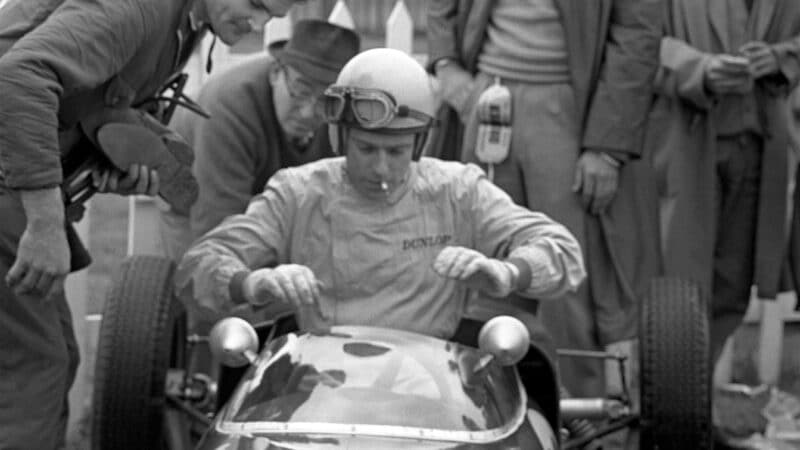
Arundell was a regular smoker but still incredibly quick
Getty Images
With the new season came a new FJ car – the Lotus 22. It would dominate FJ throughout 1962. With Alan Rees and Bob Anderson as team-mates, Arundell almost whitewashed the series – 18 wins from 25 races, with three seconds to boot. It was this amazing record which caused Richard von Frankenberg, ex-Porsche racer, to accuse Lotus in Auto Motor und Sport of running 1500cc engines, challenging them to repeat the race-winning speed and distance on any circuit Lotus chose.
Arundell recalled the events in 1995: “I phoned up Colin and asked him if he’d got the Daily Express. Colin read every paper and, of course, he saw what von Frankenberg had said. He told me to ignore it, that it would blow over. I told him that I would like to put up £500 as a wager. And he said, ‘Let’s do it. I’ll put up another £500; we’ll split the gain or loss’.”
Although it was now early December, they took a 22 to Monza, where Arundell had recently won the FJ Lottery race. The frost was so heavy that the team, including Chapman, had to sprinkle salt around the Lesmo curve, but finally Arundell headed off into the mist and began 30 chilly laps. He completed them more than a minute under his race-winning time, and gave the car to the Italian scrutineers. Soon they reported that the engine displaced a perfectly legal 1092cc. Von Frankenberg apologised, and a cheque for £1000 was handed over. Heavily reported in the press, it was a wonderful publicity coup for Lotus, and a fillip to Arundell’s triumphant year.
In today’s world, Arundell would at this point have been fielding many offers of a full-time GP seat. After all, in ’62, FJ was the stepping stone, the only international single-seat formula outside F1, and he was supremely dominant. But he knew Lotus were the top team, and so he settled for the waiting game.
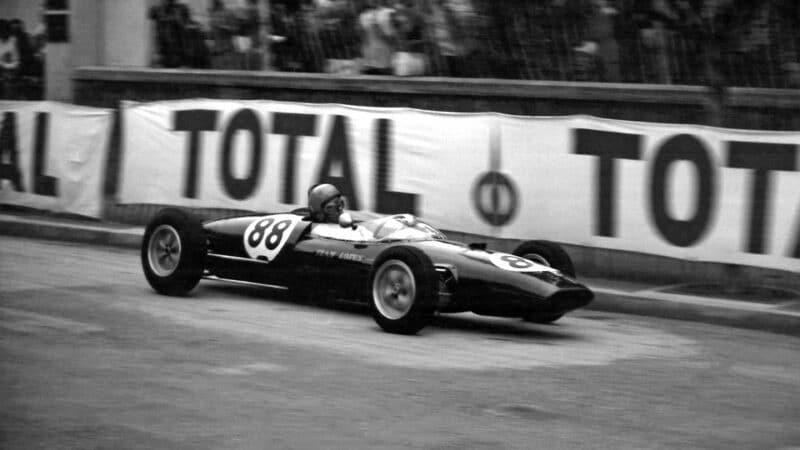
Arundell was supremely dominant in the 1962 FJ season, but continued to wait in the wings for an F1 seat
Getty Images
But 1963 would be a more frustrating FJ campaign: the new 27 monocoque proved as rigid as soggy toast and had to be redesigned, by which time serious customers had bought rival Brabhams. Lotus finally caught up, and Arundell again collared the title, by a single point from Denny Hulme‘s Brabham. But this year also brought the first non-championship F1 drives. And Arundell performed, with seconds at the Solitude GP and the Mediterranean GP at Enna. It was a good season, and it brought the long-awaited reward for 1964: a permanent F1 seat.
